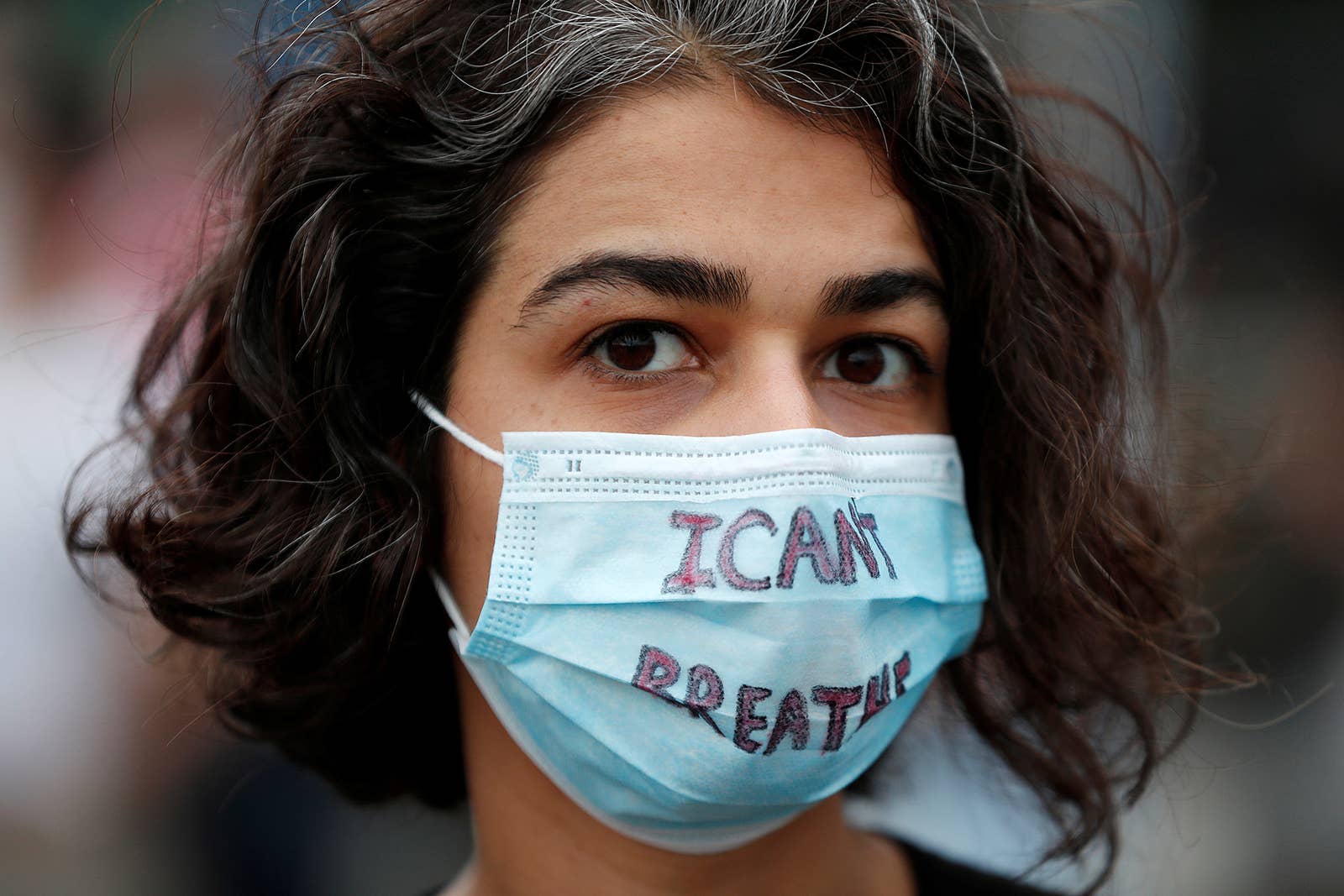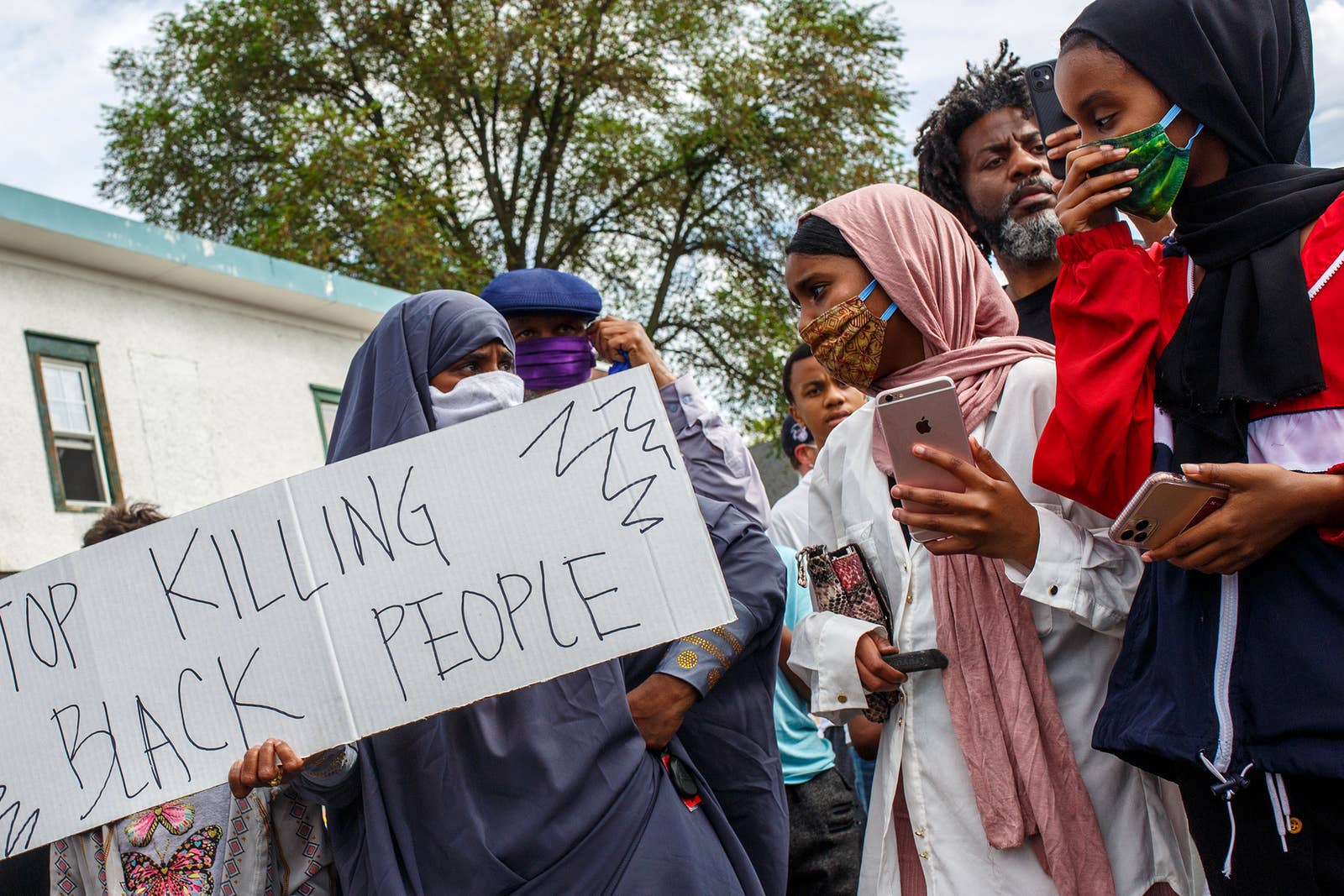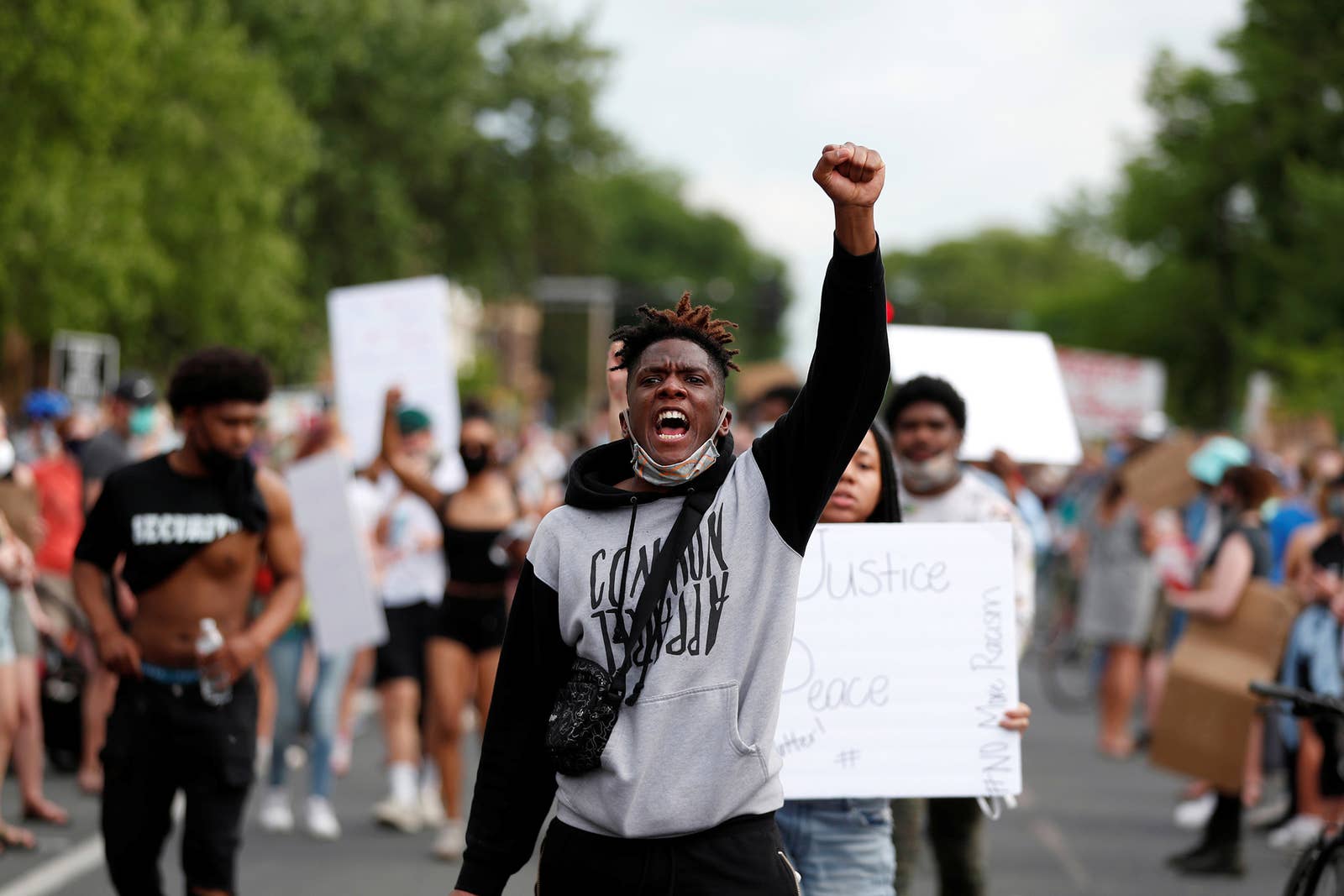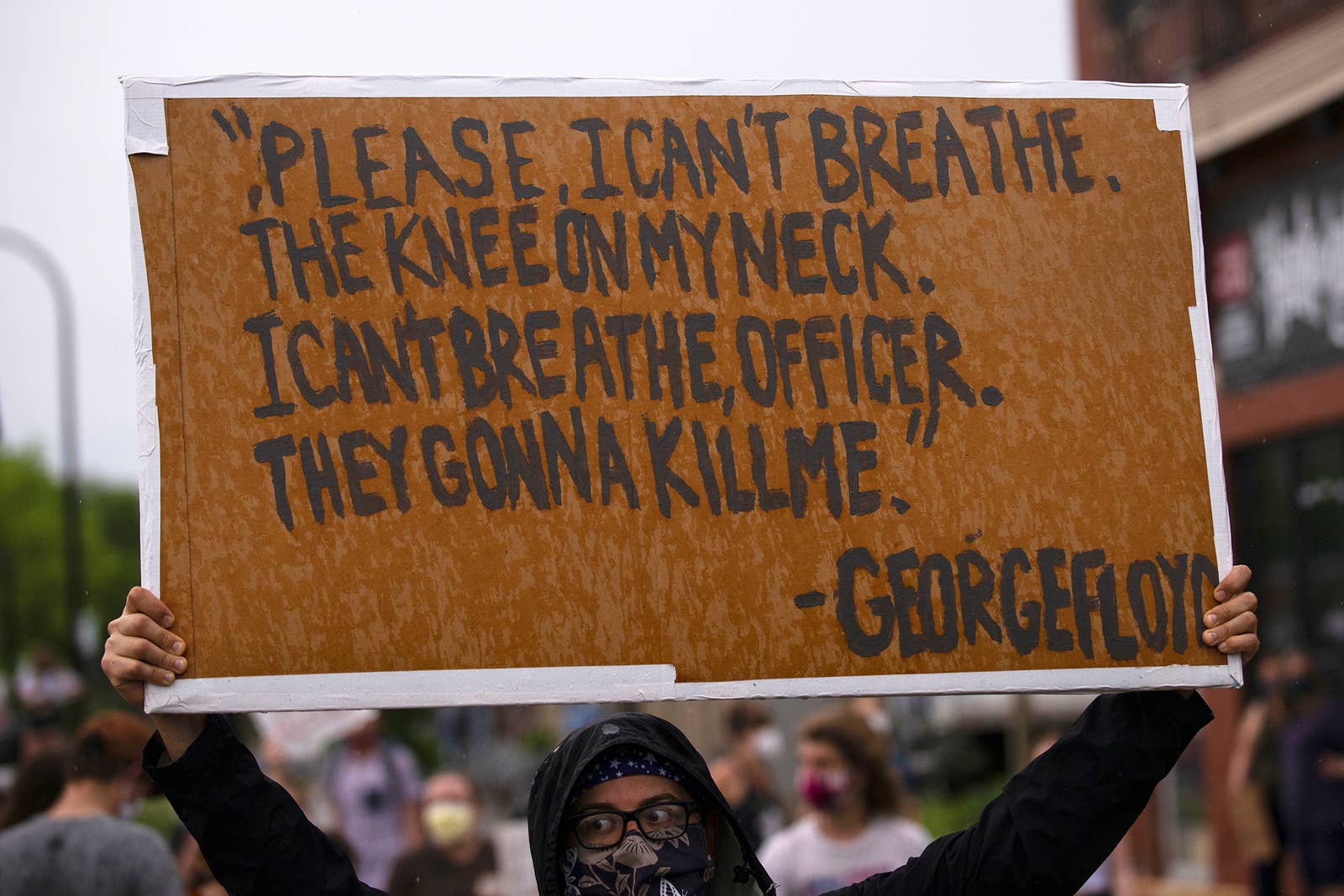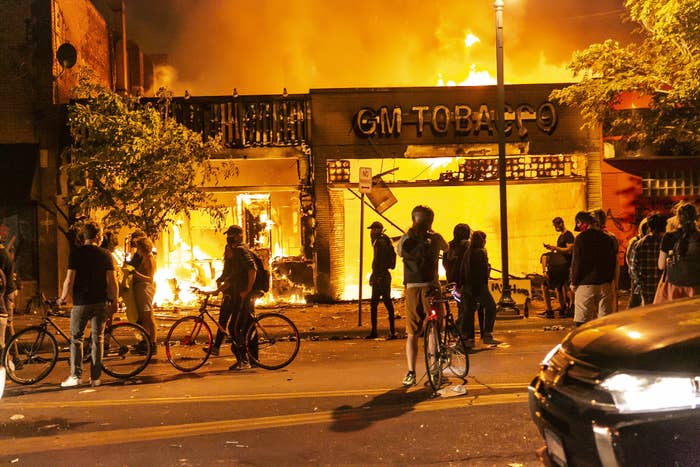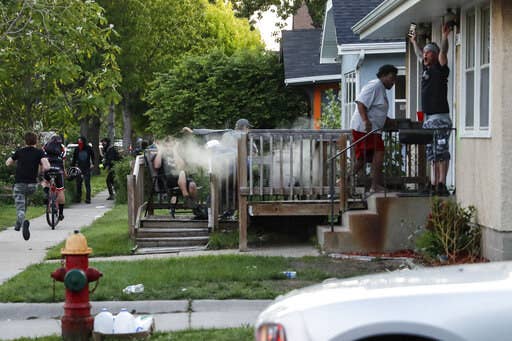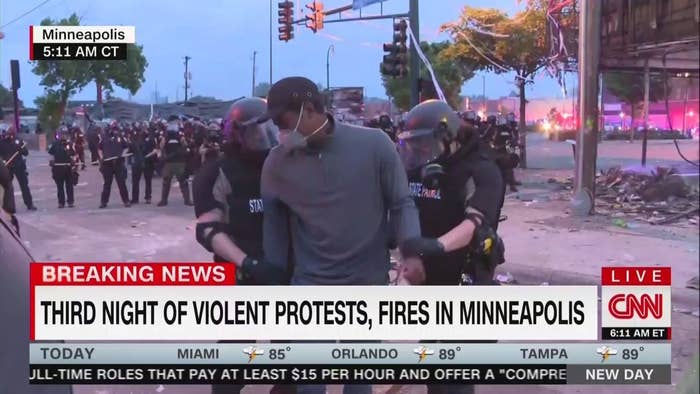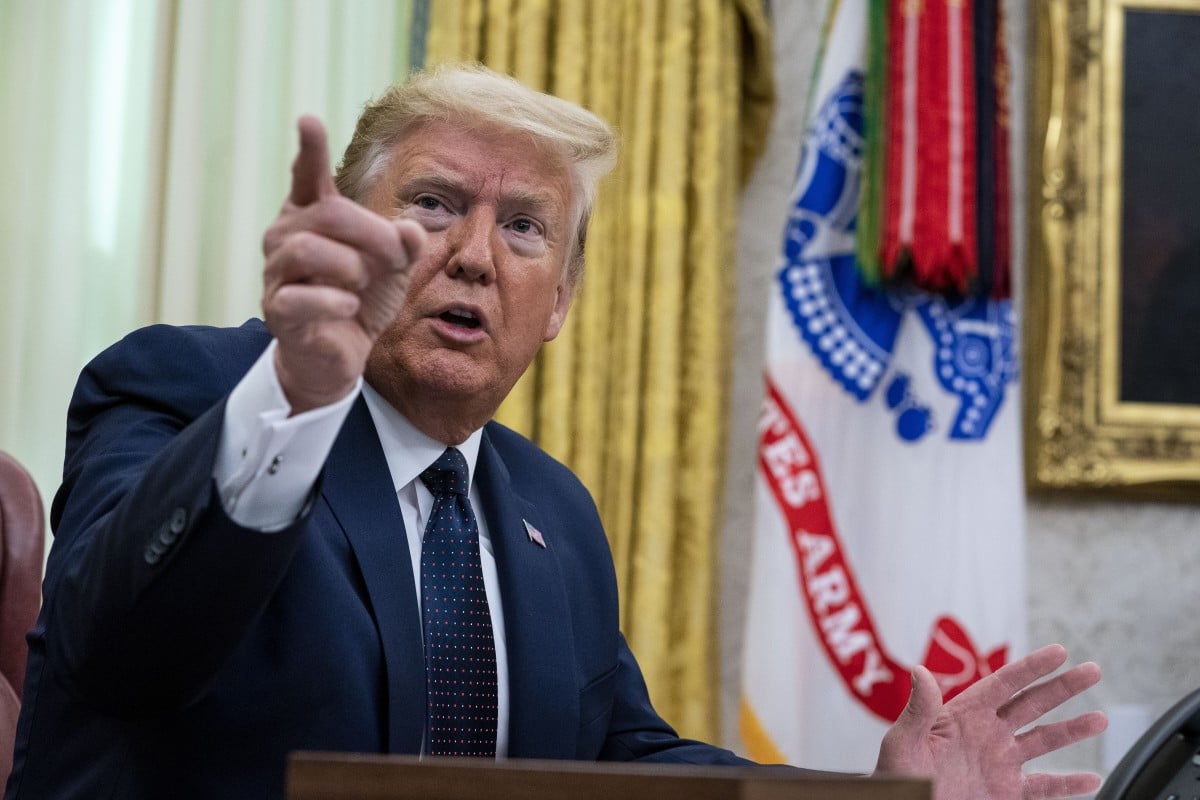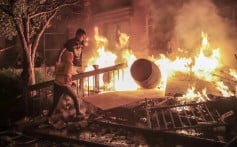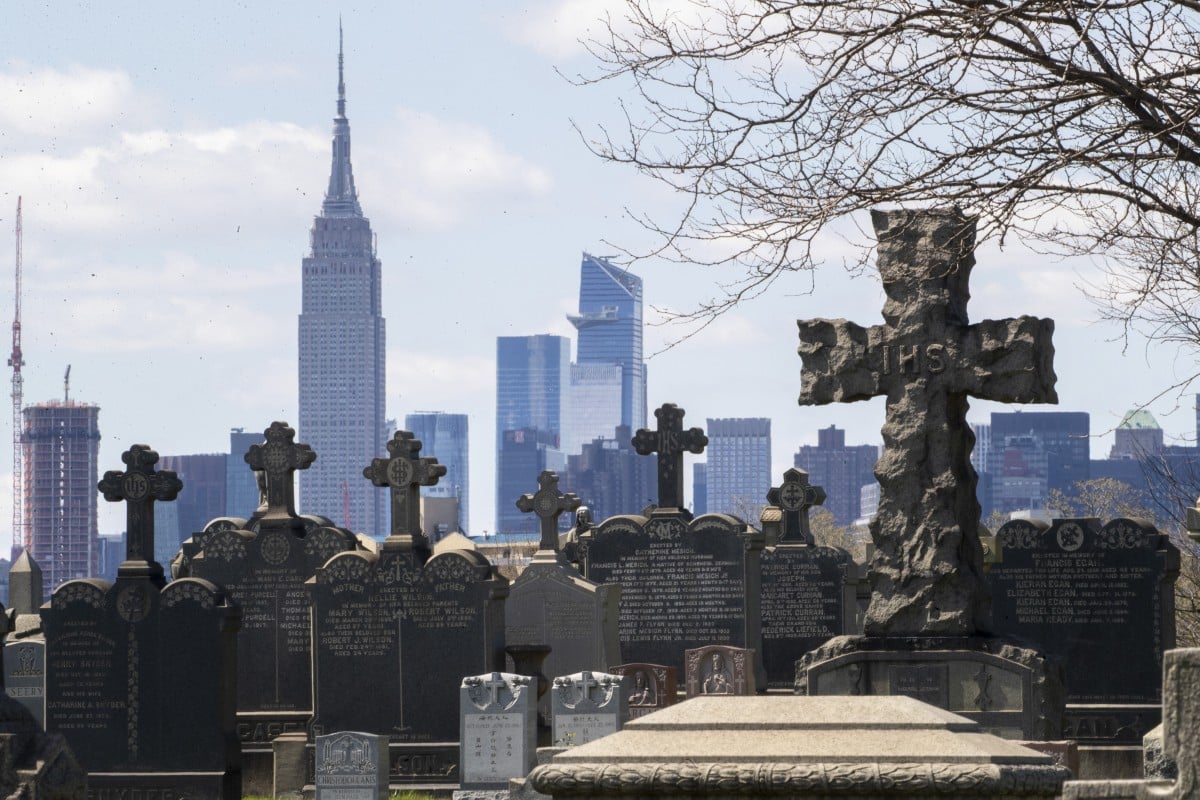Commentary: The death of George Floyd, and the frustration that nothing ever changes
2020/5/28 ©Star Tribune (Minneapolis)
Don’t know what it is about warm weather that seems, more so than other seasons, to pull always-present racial tensions to the fore — probably nothing, probably just a perception — but recent high-profile events are conglomerating in such a way as to portend a long, hot summer. “Hot” being a metaphor. And not just in Minneapolis, but across the nation.
Start with the death of Ahmaud Arbery in Georgia. Arbery, 25, was jogging in a suburban neighborhood near his home and was shot dead after being pursued, for the purpose of interrogation, by two white men who told police they thought he was a burglar.
That happened in February, but it took more than two months, three prosecutors, mounting frustrations and the emergence of a video of the shooting before arrests were made and charges filed. We don’t know everything that happened before the confrontation, but if you watch the 40-second video, it will be difficult to place your sympathies with the white men.
Then there was the incident just Monday morning in New York’s Central Park, in which a white woman walking her dog called the cops on a black bird-watcher who had asked her to leash the animal as required by law. She told him: “I’m going to tell them there’s an African American man threatening my life.”
Before that, the man, apparently sensing trouble, had began recording with his phone. The video he posted on Facebook reveals two people speaking in clipped, strained voices, as if lacking access to the full capacity of their lungs, as tends to happen instead of shouting when otherwise peaceable people find themselves in the middle of a confrontation. The video doesn’t show how things started. But if you watch it, you’ll find it difficult to place your sympathies with the white woman.
She, at least, later apologized and tried to explain her motivations, which seems helpful, and was fired from her unrelated job, which does not.
The Central Park dispute barely had time to percolate Monday before the news turned back to the truly tragic, the death of a handcuffed black man in south Minneapolis who had been held facedown to the pavement for more than five minutes with a police officer’s knee on his neck.
We don’t know everything that happened Monday evening before George Floyd was on the ground. But because there’s video, we have a reasonable sense of what happened afterward. The officer, identified as Derek Chauvin, kneeled on his suspect’s neck for more than five minutes. Floyd, unable to move, begged, “please, please, please, I can’t breathe.” He begged, “Mama.” Bystanders urged the officer to let up. The stoic officer persisted. And Floyd fell silent.
Then came the protests. By Tuesday evening, thousands of people had filled the streets, and some clashed with police officers. One side deployed rocks; the other, tear gas and rubber bullets. This degree of tension even though the four Minneapolis officers involved in Floyd’s arrest had been quickly fired and state and federal investigations had been initiated. Even the relative urgency of these actions wasn’t sufficient.
The situation in Minneapolis might be described as Eric-Garner-meets-Ferguson. It’s unfortunate that one can use that kind of shorthand and be understood by most everyone. It also must be remembered, though, that shorthand simplifies.
There are several videos circulating online that were taken during Tuesday evening’s march. Even as a whole, they don’t make clear how the march turned violent. Perhaps there were agitators who added an aggressive element to an otherwise peaceful protest. Perhaps there was a lack of restraint by the Police Department, either in its strategy for managing the circumstances or in individual officers’ interpretation of it. All of the above, one suspects.
All of the above. But above all, it’s hard to ignore the central frustration: that nothing ever changes. From Jamar Clark to Philando Castile to now, there’s a complicated but unacceptable through line in recent policing history.
Things do change, of course — incrementally. But such progress just can’t compete for public attention with high-profile events.
End racism? Stop killing black people? Of course. There’s nothing to dispute. Equally important to progress are less-encompassing goals that can be defined, met and documented.
What might that look like?
For a police department, it starts with accountability within the ranks. It doesn’t take a citizen’s death to raise questions about police officer misconduct. Lesser abuses occur, complaints are filed and sometimes officers are fired. And then — at least half the time, it appears — they’re reinstated.
This happens in part because the state requires local governments to submit to binding arbitration in disciplinary actions. So one piece of progress would be to revisit that law. Another would be for departments — through training, peer pressure or whatever means — to change their cultures so that rogue behavior is unacceptable. That would be demonstrated by a sheer drop in the number of complaints.
Because there are more good cops than bad cops — you know this is true — police officers as much as citizens, and police unions as much as police officers, have reason to push for this kind of change. And they know that’s true, even if they see ways it seems disadvantageous.
And for the rest of us, who just want to live without complicity in racism and brutality?
Protests are an entirely valid way to bring pressure for change, but they don’t work if people agitate for a few days then go on with their lives. They don’t work, either, if escalated until others grow weary of the disruption and turn away from the cause.
They don’t work unless paired with intellectual engagement. They don’t work, ultimately, without attention to the ballot box.
Housing, education, jobs, sentencing — these are just a few subjects in addition to policing that offer opportunities for documentable progress.
That doesn’t feel as satisfying as calling out overt bigotry, does it? Not as satisfying as seeing someone sent to prison. Yet it will do more to address the subtler forms of inequality that, despite appearances, prevail today.
———
ABOUT THE WRITER
David Banks is the Star Tribune’s assistant commentary editor. Email: david.banks@startribune.com.


